 employee wellbeing
employee wellbeing
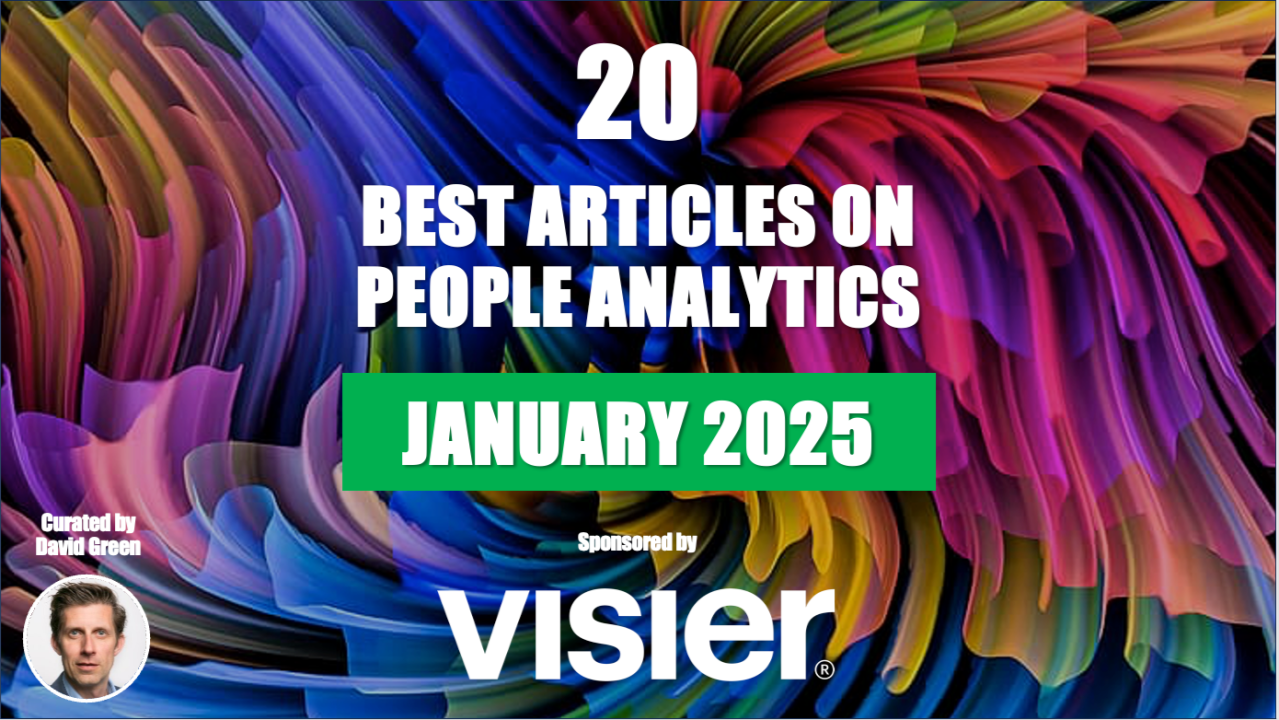 employee wellbeing
employee wellbeing
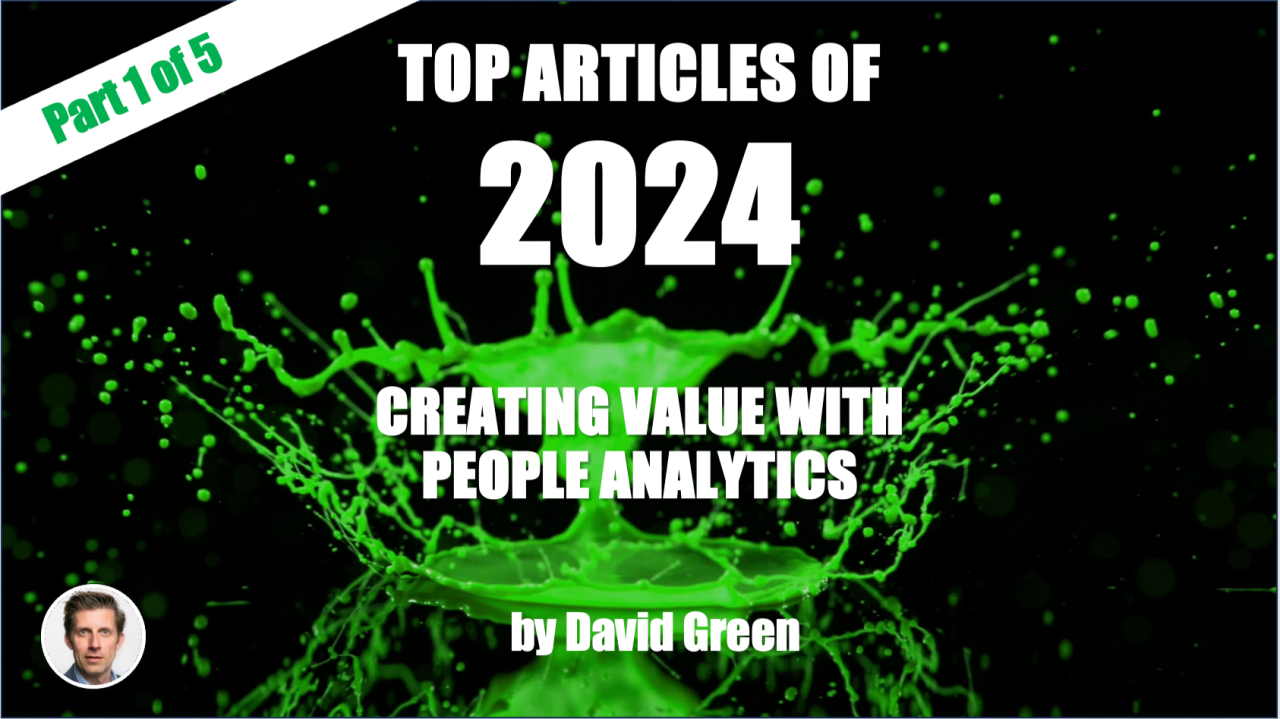 employee wellbeing
employee wellbeing
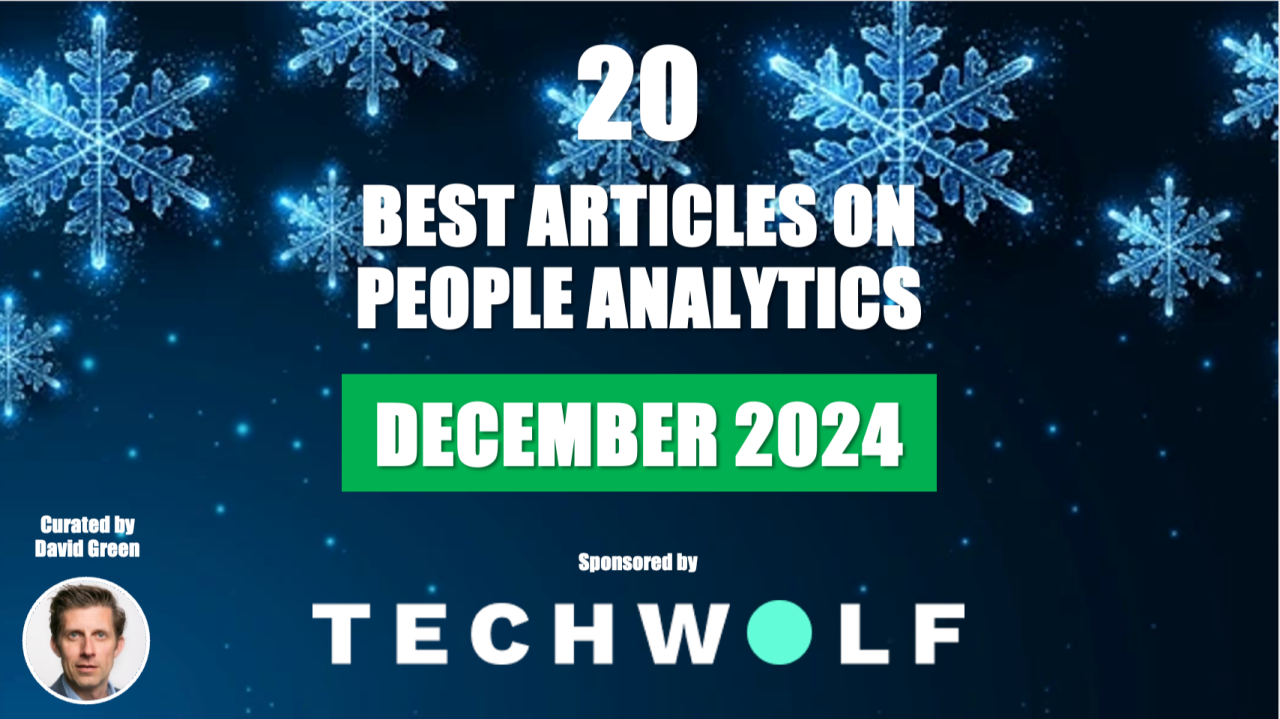 employee wellbeing
employee wellbeing
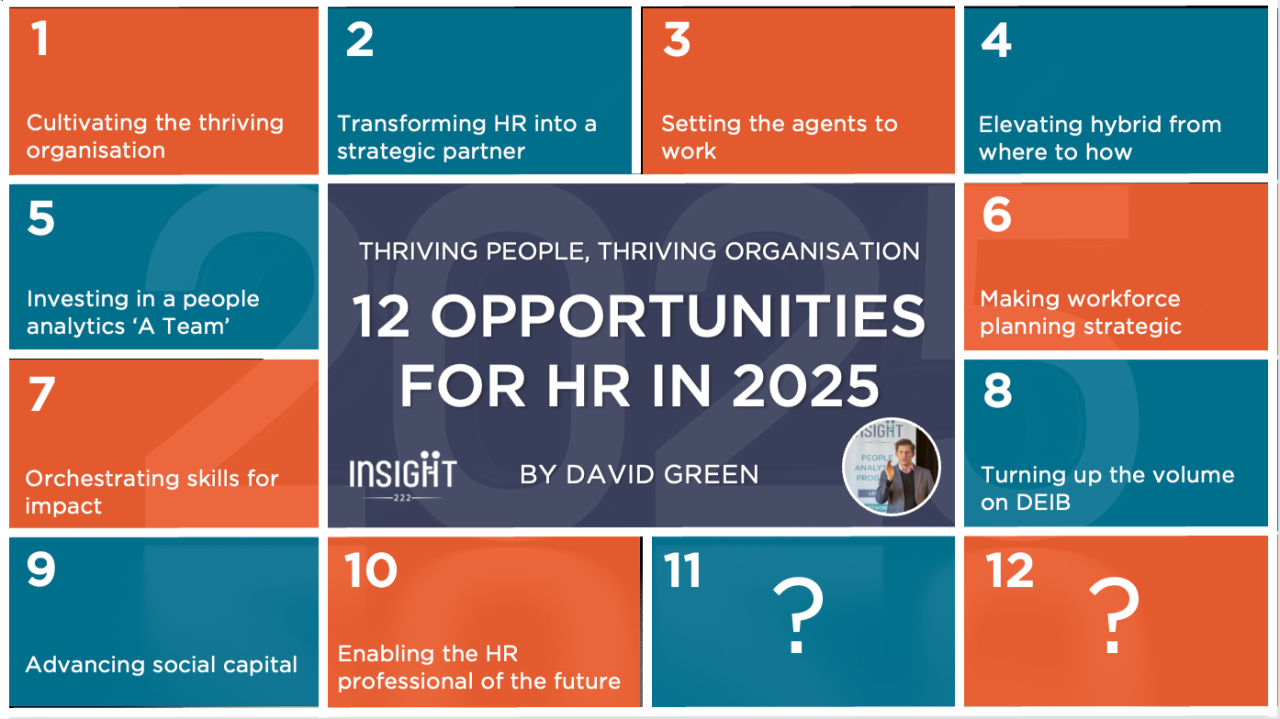 employee wellbeing
employee wellbeing
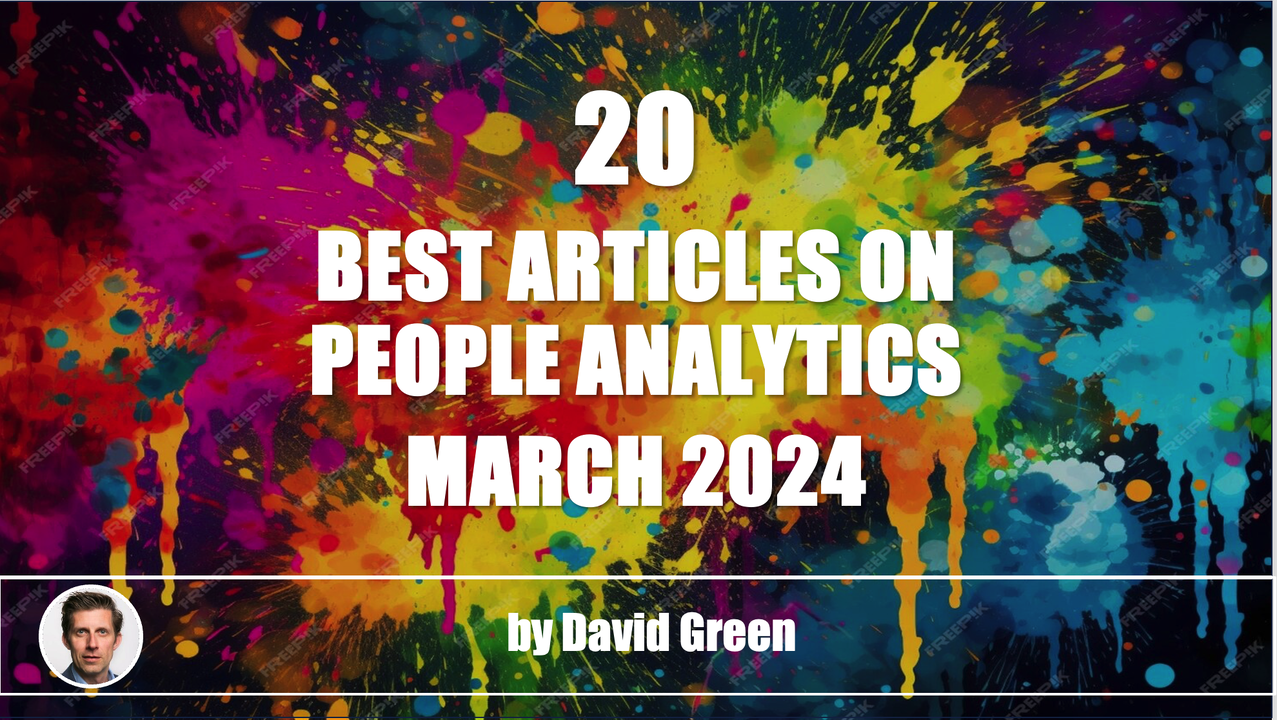 employee wellbeing
employee wellbeing
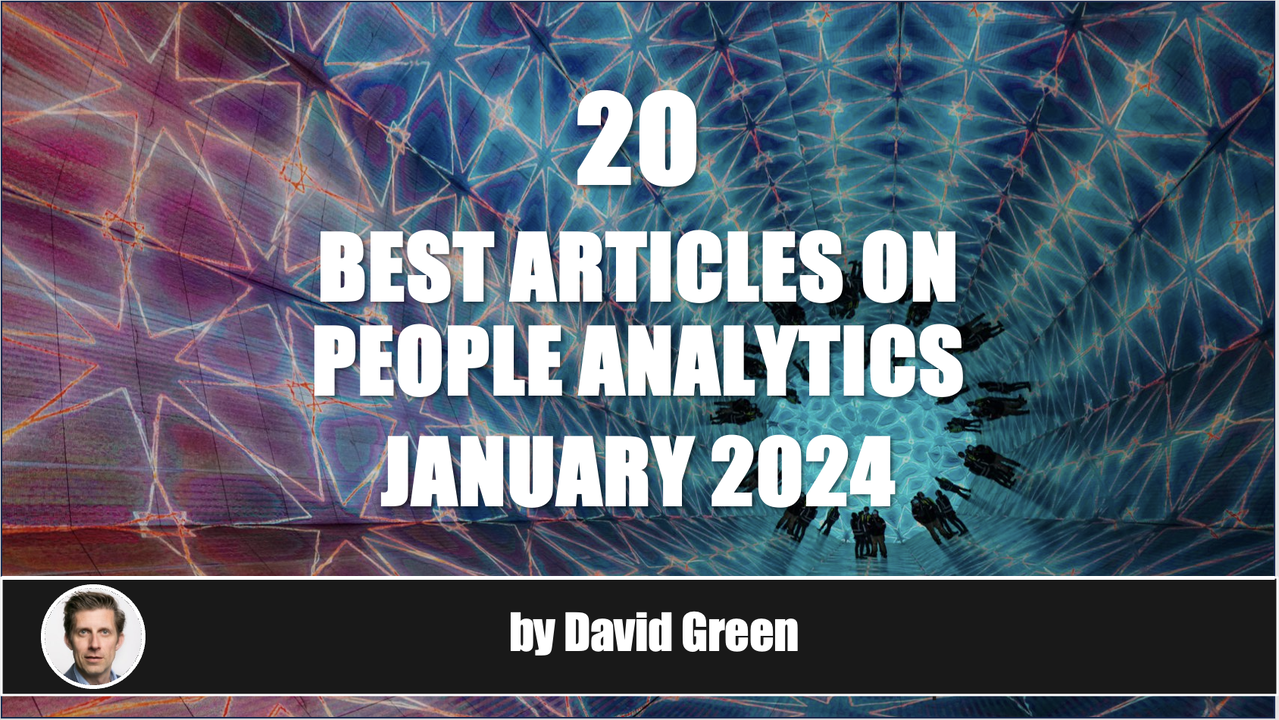 employee wellbeing
employee wellbeing





 扫一扫
添加客服
扫一扫
添加客服




